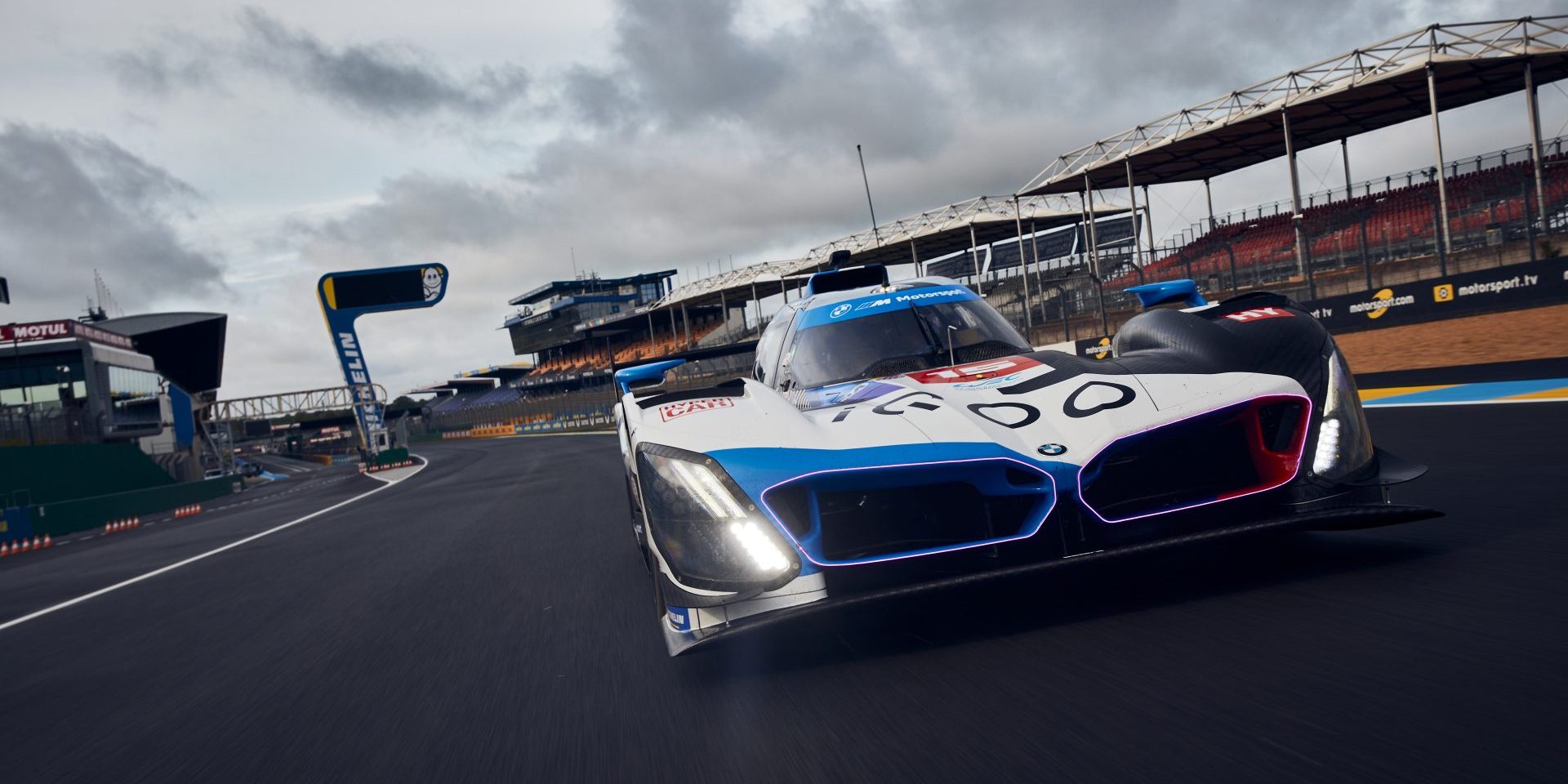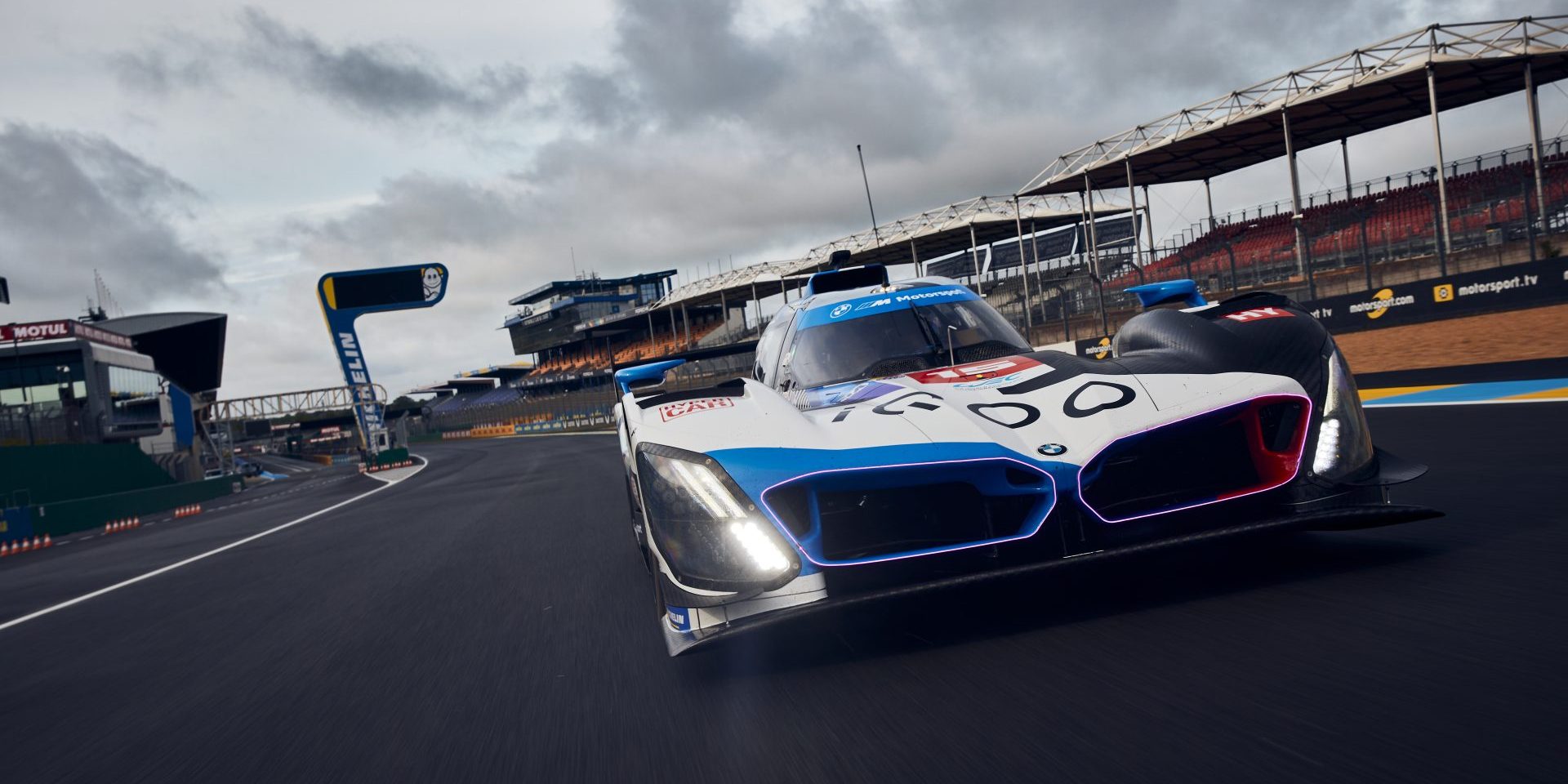Are Le Mans Cars Faster Than F1?


When comparing the speeds of Le Mans cars and Formula 1 (F1) cars, it is crucial to recognize that they are designed for distinct types of racing within the motorsport spectrum. Le Mans cars, participating in the World Endurance Championship (WEC), are built for long distances and thus prioritize reliability and efficiency over extremely high speeds. In contrast, an F1 car is constructed to maximize speed and agility, suitable for shorter, more intense races.
Le Mans cars are not faster than F1 cars in terms of outright speed and acceleration, but they excel in endurance and maintaining high performance over long distances.
Le Mans vehicles, specifically Le Mans Hypercars (LMH), possess robust acceleration capabilities potentially giving them an advantage in a straight line or drag race scenario. However, due to their heavier construction and endurance-focused design, they may not match the cornering speed of an F1 car. F1 machines, comparatively lighter and with more downforce, dominate in terms of sheer lap speed.
The direct comparison often leads to the conclusion that for quick lap times and exceptional cornering speeds, F1 cars outperform Le Mans counterparts. Conversely, Le Mans racing cars are engineered to maintain high speeds over extensive durations, making them supreme in endurance racing contexts where durability is as significant as speed.
Comparison of Le Mans and Formula 1 Car Design
The design of Le Mans and Formula 1 cars involves a focused approach to aerodynamics and engine technology geared towards their specific racing disciplines. The car’s weight significantly impacts performance, influencing speed, acceleration, and handling characteristics.
Aerodynamics and Downforce
Le Mans vehicles are constructed for enduring high-speed racing over the 24-hour period. Their aerodynamics are designed for a blend of speed and stability. Downforce is crucial, as it allows these cars to maintain traction during the extended stints of racing. Their bodies feature airflow management devices such as diffusers and rear wings, which are sized proportionately to sustain high speeds without excessive fuel consumption.
In contrast, Formula 1 cars prioritize agility and high-speed cornering. Their aerodynamic designs are more aggressive, with every surface engineered to maximize downforce and minimize drag. Key elements include complex front wings, underbody venturi tunnels, and rear diffusers. The resulting downforce ensures F1 cars have superior cornering abilities, although this generates increased drag, which slightly reduces top speed compared to Le Mans vehicles. F1 cars excel in high-speed corners, producing tremendous downforce that allows them to corner at high speeds and generate lateral forces several times the force of gravity.
Engine and Powertrain
The powertrain in a Le Mans car typically comprises a hybrid system with an internal combustion engine assisted by energy-retrieval systems. Fuel efficiency is crucial in Le Mans cars, as it allows them to maintain high speeds over extended periods, which is essential for endurance racing. This delivers a boost of power and improves efficiency, a critical aspect of endurance racing. Their engines are built for reliability and sustained performance, often with a greater emphasis on horsepower to propel them on long straights.
Formula 1 cars, however, use highly sophisticated engine designs with a focus on high revolutions per minute (RPM) for maximum power output in shorter races. Their hybrid power units similarly harness energy recovery systems, but the technology is optimized for quick bursts of speed and is subject to strict regulations. Combined with a lighter overall weight, this supports exceptional acceleration and dynamic responses through complex circuits.
Comparing Series: World Endurance Championship vs Formula 1
When comparing the World Endurance Championship (WEC) and Formula 1 (F1), it’s essential to recognize that these series are designed with different objectives and thus have distinct characteristics.
Purpose and Race Format
The primary difference between WEC and F1 lies in their race formats and objectives. WEC focuses on endurance racing, where the goal is to cover the greatest distance in a set amount of time, typically over 6, 12, or 24 hours. The most famous WEC race, the 24 Hours of Le Mans held at Circuit de la Sarthe, epitomizes this endurance challenge.
In contrast, F1 races are much shorter, usually around 1.5 to 2 hours, and are sprint races where the goal is to complete a set number of laps as quickly as possible. This difference highlights F1’s focus on speed and precision over shorter distances.
Car Design and Performance
F1 cars are designed for peak performance over shorter durations, emphasizing maximum speed, agility, and aerodynamic efficiency. They are known for their incredible acceleration and cornering capabilities. For instance, F1 cars can achieve 0-100 km/h in about 2.6 seconds and have top speeds exceeding 350 km/h.
WEC cars, particularly those in the Hypercar class, are built for durability and efficiency over long distances. They need to balance speed with reliability and fuel efficiency, which means they are generally not as fast as F1 cars in terms of outright speed. However, they excel in maintaining high performance consistently over long periods. For example, the Porsche 919 Hybrid, an LMP1 car, accelerates from 0-100 km/h in less than 2 seconds, but its design prioritizes endurance.
Team Dynamics and Strategy
Both series require intricate team coordination and strategy, but the nature of these strategies differs. In WEC, teams must manage multiple drivers, tire wear, fuel consumption, and mechanical reliability over extended periods. This makes it a true test of endurance for both the car and the team.
In F1, the strategy revolves around optimizing pit stops, tire choices, and race pace within a much shorter timeframe. The focus is on maximizing performance and exploiting every opportunity to gain a competitive edge during the race.
Performance Metrics in Endurance Racing vs F1 Racing
Comparing performance metrics between Le Mans cars and F1 vehicles involves analyzing their capacity for velocity and the measure of time they take to complete circuits. The average speed of Le Mans cars is typically lower than that of F1 cars due to the endurance nature of Le Mans races, whereas F1 cars are designed for shorter, high-speed circuits.
F1 cars are known for their impressive acceleration and top speeds, but their design prioritizes cost-effectiveness and competitiveness over pursuing outright speed.
Top Speed and Acceleration
Le Mans cars are built for endurance and are equipped with systems that enable high top speeds, particularly for the long stretches found in endurance racing tracks. When comparing the outright top speed, Le Mans cars often surpass Formula 1 cars, although their acceleration varies, with some reaching 0-100 kph in under 2 seconds. Formula 1 cars, though, have a powertrain that’s fine-tuned for explosive acceleration, and their Energy Recovery System (ERS) adds extra power, allowing them to reach 0-100 kph in approximately 2.5 seconds.
- Le Mans Cars: 0-100 kph: < 2 seconds
- F1 Cars: 0-100 kph: ~2.5 seconds
Racing Strategies and Pitstop Efficiency
In all forms of motorsport, efficiency during pitstops and strategy adaptation play a pivotal role in overall performance, especially concerning refueling and tyre changes as well as the management of energy resources.
High-speed circuit racing is crucial in Formula 1, where cars are designed for agility, precision, and rapid acceleration to navigate tight, twisty tracks with precision.
Refuelling and Tyre Changes
Formula 1 and Le Mans vehicles approach pitstops with different objectives and regulations. In F1 races, refueling is not permitted during the race, meaning cars start heavy but grow lighter as fuel is consumed, which affects handling and tyre wear. Unlike sports cars, F1 cars have a higher sensitivity to tyre degradation and require meticulous tyre management. Tyre strategy in F1 is critical; teams choose from a range of Pirelli tyre compounds, balancing grip against longevity. Rapid and strategic tyre changes are central to race strategy, accounting for the changing weight of the car and track conditions. A quick pitstop in F1, involving tyres alone, can be executed in under 3 seconds.
Le Mans series, conversely, requires not just tyre changes but also refueling, which makes pitstops longer, typically around 30 seconds. These cars, often equipped with all-wheel drive, must manage tyre wear across much longer stints, and their longer races put significant emphasis on durable and reliable tyre performance. The efficiency of the pit crew in managing both refueling and tyre replacement is a determinant for maintaining lead positions.
Energy Management
Energy management is a complex strategic factor in both F1 and Le Mans series. F1 cars, with their powerful yet efficient hybrid engines, must manage the use of their Energy Recovery System (ERS) to maximize output while ensuring they do not exceed energy limits set by regulations. Teams experiment with different settings on various parts of the track to optimize energy use.
In contrast, Le Mans prototypes must contend with managing a larger capacity for fuel and energy over the duration of an endurance race, incorporating strategies for energy recuperation and applying it efficiently across different segments of the race. Car designs focusing on aerodynamic efficiency and energy recovery have significant impact – particularly on the front axle as it often plays a role in both braking and energy recovery systems.
Racing Car Regulations and Their Impact on Speed
Regulations play a significant role in the top speed and acceleration capabilities of both Le Mans cars and Formula 1 vehicles. These rules are pivotal in balancing performance and retaining the competitive nature of motor racing.
Balance of Performance
Balance of Performance (BoP) is a set of regulations applied to ensure that competition between different cars in a race is as close as possible. The table below provides an overview of how BoP affects the speed of cars:
Factor Impact on Speed Weight Increased weight decreases speed Air restrictors Limit engine power, reducing speed Fuel capacity Affects pit stop frequency and overall pace
The BoP system’s influence can change the dynamic of a race by adjusting these factors to mitigate speed advantages that a particular car might have. This is to maintain a level field, where success is defined more by strategy and driver skill than by the inherent advantages of a car’s design.
Traction Control and DRS
The presence of Traction Control in Le Mans Hypercars (LMH) greatly assists in power application and stability, allowing these cars to accelerate effectively without wheel spin. In contrast, Formula 1 cars do away with traction control to place a greater emphasis on driver ability.
Drag Reduction System (DRS) in Formula 1 permits a temporary reduction in aerodynamic drag on certain parts of the track, primarily on straight sections. This feature enables F1 cars to gain an edge in top speed and overtake more easily. The list below shows how these two assist features affect race performance:
- Traction Control:
- Improves acceleration by managing tire grip
- Used in Le Mans cars, not in F1
- DRS:
- Enhances overtaking in F1 by increasing top speed on straights
- Provides a temporary speed boost when activated
Neither LMH regulations nor F1 include the Push-to-Pass system, which grants a temporary surge in engine power, as this is typically seen in other racing series like IndyCar. The Points System, while integral to championship outcomes, does not directly influence the speed capabilities of cars during the race.
By conforming to these regulatory frameworks, teams maximize the performance of their cars within the allowed limits, dictating the speed and efficiency during competition.










